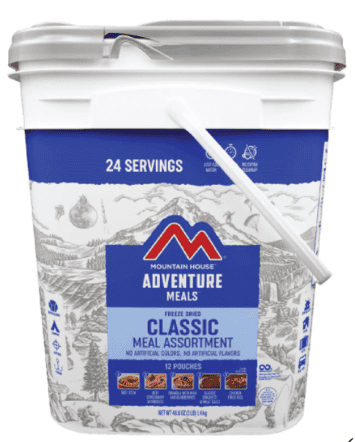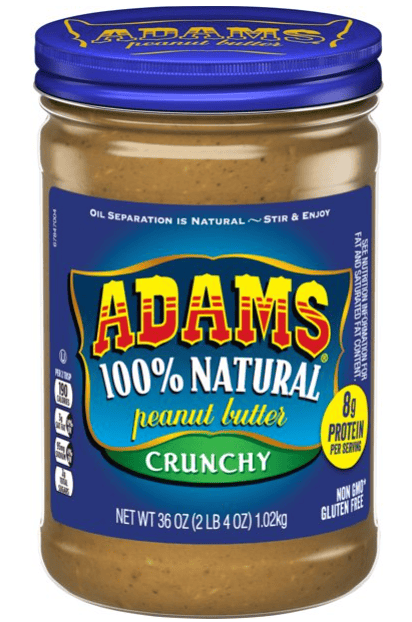Food-1 test
Emergency Preparedness – Food-1
Summary
- Residents should have food and water for at least 3 days per person, but…
- If possible, a 2-week supply per person is recommended
- For information on water supply (1 gallon per day per person) (Click Here)
Why do I need food?
In an emergency, it will take responders, including RVM staff, many hours to a few days to assemble, set up operations, and begin addressing problems. In a major disaster with regional damage, such as an earthquake, staffing shortages may be permanent, and supplies unavailable or limited for weeks.
How and What?
There are 2 major approaches to emergency food storage: Get It and Forget It and Ongoing Management. They can be combined.
- Get it and Forget it: Buy freeze-dried or dehydrated food and store it.

Advantages:
- It has a very long shelf life – up to 25 years or longer.
- It does NOT require cooking – room temperature soaking works
- It does NOT require extra water storage – your gallon per day includes enough.
- It is durable in storage – room temperature is best but hot or cold does not reduce safety or nutrition.
Disadvantages:
- There is a one-time expense to stocking up.
- You need to pay attention to product descriptions – there is no standard definition of a “serving” for example, or of a “meal.”
- For more detail, including suggested sources, see Food-2 (in prep)
- Ongoing Management: If you usually keep and prepare food at home, you may be able to adjust the amount and nature of what you store to create a back-up supply.
Food requirements:
- Should be edible without cooking.
- Non-perishable, with a relatively long shelf life.
- Consistent with your standards for taste and nutrition.
- Include food, water and other supplies for pets.
Notes and Considerations:
- For short-term use; some perishable items count – refrigerated and frozen items do not spoil instantly when the power goes out, and
 items not requiring cooking can be eaten over a period of a few days.
items not requiring cooking can be eaten over a period of a few days. - Not sure how much you need? Count calories from the labels: 2,000 calories per day is considered a normal amount.
- Expiration and “best by” dates are very conservative. Most canned goods remain safe to eat long after those dates, but discard any cans that are rusted or bulging.
How to do it:
- The Charity approach – get and keep a large stock of suitable things that you use (example: canned fish or meat, nut butters), buying new inventory regularly and donating the older items to a food bank as their expiration dates approach.
- The Ongoing Use approach – similar to the charity approach, but with attention to balancing food lifetime and your use so that you can keep a reserve without having to give or throw very much away. This requires the most effort and attention.
Whatever your primary method, remember to have some portable items in your car or available to take with you if you have to evacuate.
[To return to the contents page of the Residents Preparedness section, CLICK HERE]


Leave a Reply
Want to join the discussion?Feel free to contribute!